Projects

In 2018 countries across the globe experienced severe summer heat waves. Unfortunately, if carbon emissions continue on their current trajectory, this trend will continue as three-quarters of humanity are projected to face deadly heat by the end of this century. To advance the adoption of passive and low-energy cooling measures, the Heat Island Group at Lawrence Berkeley National Laboratory (Berkeley Lab) convened the Cool Building Solutions for a Warming World (CBS) Collaborative.
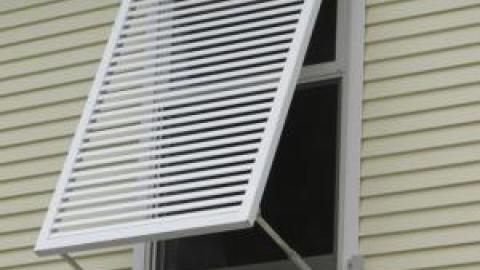
In June 2019, the International Energy Administration Energy in Building and Communities (IEA EBC) Programme launched Annex 80: Resilient Cooling, an international collaborative research project to develop, assess and communicate solutions of resilient cooling and overheating protection. Lawrence Berkeley National Laboratory and the University of California, Berkeley Center for the Built Environment will represent the U.S. in Annex 80 activities.
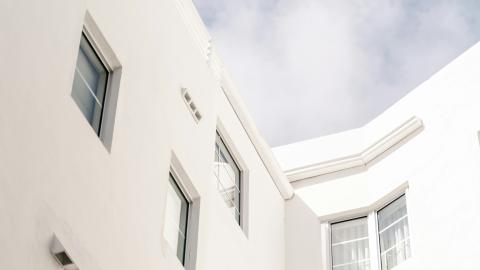
In 2024, with support from the U.S. Department of Energy's Building Technologies Office, Phase 2 of the U.S. Cool Surfaces Deployment Project was launched. Led by the Lawrence Berkeley National Laboratory, Oak Ridge National Laboratory, Arizona State University, Smart Surfaces Coalition, and Cool Roof Rating Council, this project seeks to dramatically increase the climate-appropriate deployment of cool surfaces across the United States with an emphasis on their application to disadvantaged communities.

The research team—comprised of members from Lawrence Berkeley National Laboratory, Altostratus Inc., and University of Southern California—set out to understand how changes in neighborhood air temperatures are related to land-use and land-cover properties, such as roof albedo and tree canopy cover.

Raising wall albedo (solar reflectance) lowers its surface temperature in the sun, reducing daytime heat flow into the building’s occupied space. In the cooling season, this can save energy in an air-conditioned building, or make an uncooled building more comfortable. In the heating season, increasing wall albedo can also increase heating energy use, or make an unheated building less comfortable.

The Advanced Surfaces Project, sponsored by the U.S. Department of Energy, explores the soiling and weathering of building envelope surfaces, such as roofs. We are using this information to develop a laboratory method for accelerated soiling and weathering of roofing materials. Our process could advance the development and commercialization of novel cool roofing products.
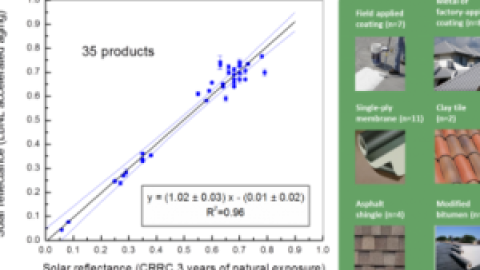
The Integration of Artificial Soiling and Weathering in a Commercial Weatherometer Project, sponsored by the U.S. Department of Energy (DOE), seeks to advance the process for accelerated aging of roofing products from the research and IP protection phases of commercialization through product integration, testing, and validation. Berkeley Lab will work with industry partners to develop commercial devices for rapid prototyping and rating of cool roofs.
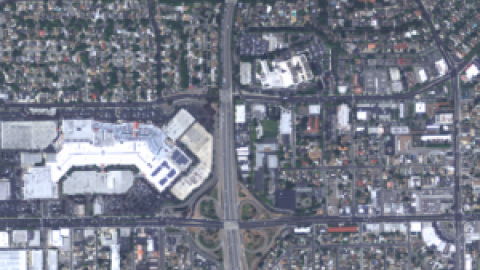
The California Roof Albedo project, sponsored by the California Air Resources Board, aims to improve measurements of solar reflectance throughout California, using high-resolution aerial imagery to measure reflectance of visible and near-IR radiation. The resulting analysis of this imagery will allow us to more accurately characterize the surface albedo of various areas of California, with the ultimate goal of creating digital maps of roof reflectance by region.

Increasing the solar reflectance of a car’s shell keeps it cooler when parked in the sun. This permits the use of a smaller air conditioner that draws less power and improves the vehicle’s fuel economy. Our Cool Cars project, sponsored by the California Energy Commission, measured temperature reductions and simulated energy savings attainable by using a light-colored or “cool-colored” car shell.

The Cool Communities Project, sponsored by the California Energy Commission and the California Air Resources Board, helps Californians develop and implement cool roof, cool pavement, and urban vegetation programs that save energy, reduce the emission of greenhouse gases, and improve the urban environment. Activities include cool roof and pavement demonstrations, a cool roof website for consumers, and training for building professionals and the general public.
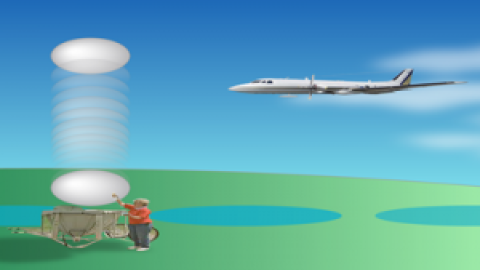
The Global Cooling in Action project is conducting a controlled study, sponsored by the U.S. Department of Energy, at two sites in India. The objective is to experimentally verify the radiative benefit of cool roof treatment of buildings under varying atmospheric conditions. Its subsequent simulations will be able to quantify benefits for a range of representative climatologies, inform future studies on urban heat islands, provide essential information for analysis of building code policy, and help develop urban landscape and community policies.
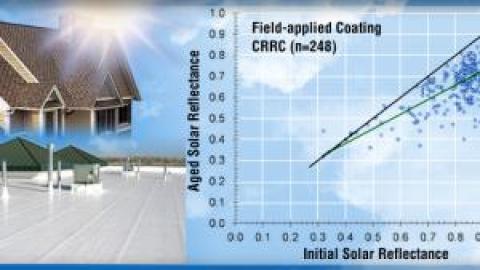
The Next-Generation Materials project, sponsored by the U.S. Department of Energy, is developing and advancing to market the next generation of white and colored roofing products with aged solar reflectances superior to those of today's “cool” roofing products.